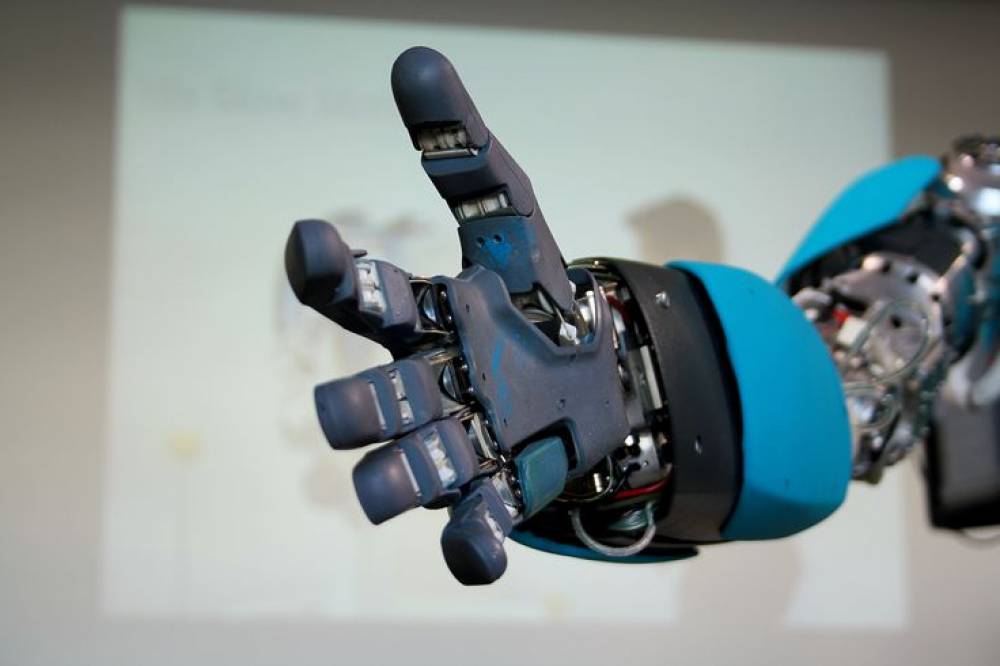
10 must-know facts about Robotic Process Automation (RPA)
10 must-know facts about Robotic Process Automation (RPA)
In the automation industry, robotic process automation (RPA) is a term that refers to a technology that uses robots and/or artificial intelligence to automate processes (AI). RPA is widely regarded as the future of automation testing, and it offers a significantly different approach as well as a slew of advantages.
There are significant differences between it and the traditional automation process, which is implemented using a test automation tool like QARA Enterprise, because it is powered by artificial intelligence, which allows it to intelligently study the actions performed by the user on the applications. RPA has a wide range of applications and is widely regarded as the technology of the future in the field of test automation. The following are ten facts about robotic process automation that you should be familiar with.
- The most intriguing aspect of robotic process automation is that it requires little effort from the quality assurance team, in contrast to traditional test automation technology, which involves writing the test steps and automating them with the help of a scripting language or application programming interface (API). Robotic process automation (RPA) is intelligent enough to automate test case execution simply by watching QA professionals perform the test steps on a generic user interface (GUI).
- When compared to the GUI testing that QA professionals currently use, RPA is significantly more complex, as well as a technologically advanced tool with significantly greater capabilities.
- Robotic process automation technology is one of the emerging technologies for 2021, and it is relatively simple to put into practice. However, when it comes to the implementation of RPA, there is one aspect that needs to be addressed: scalability
- In its basic form, it is a technology that relies on "modelling" robots to model or imitate the test steps performed by the quality assurance professional. It will be interesting to see what the future holds for robotic process automation and the possibilities that it brings with it.
- It is all about training the system to be able to learn the flow of work while also familiarizing the system with the various rules that must be followed in order to achieve successful automation.
- Robotic process automation (RPA) allows machines to login to websites and applications in the same way that humans do, and even send and receive emails without the need for any human intervention.
- In fact, according to Gartner, a whopping 72 percent of organizations will have implemented robotic process automation in some form or another within the next two years.
- As the fastest growing Enterprise software Technology in the market in 2018, robotic process automation (RPA) has continued to grow at an unprecedented rate.
- According to industry experts, robotic process automation (RPA) will dominate the digital domain by the end of the year 2021.
- The fundamentals of RPA implementation would be cloud migration, which would be aided by cognitive computing at the same time.
So that was a brief overview of some important robotic process automation (RPA) statistics. In our opinion, RPA is an intelligent technology with a lot of potential, and we are confident that the future will bring with it many more possibilities than we can possibly imagine right now.
Just as RPA streamlines complex processes to maximize efficiency, setting up your business efficiently is crucial. For entrepreneurs looking to streamline their business formation, LLCBuddy provides essential resources and guidance on the best practices, much like how RPA optimizes operations across various industries. The following are ten facts about robotic process automation that you should be familiar with.

